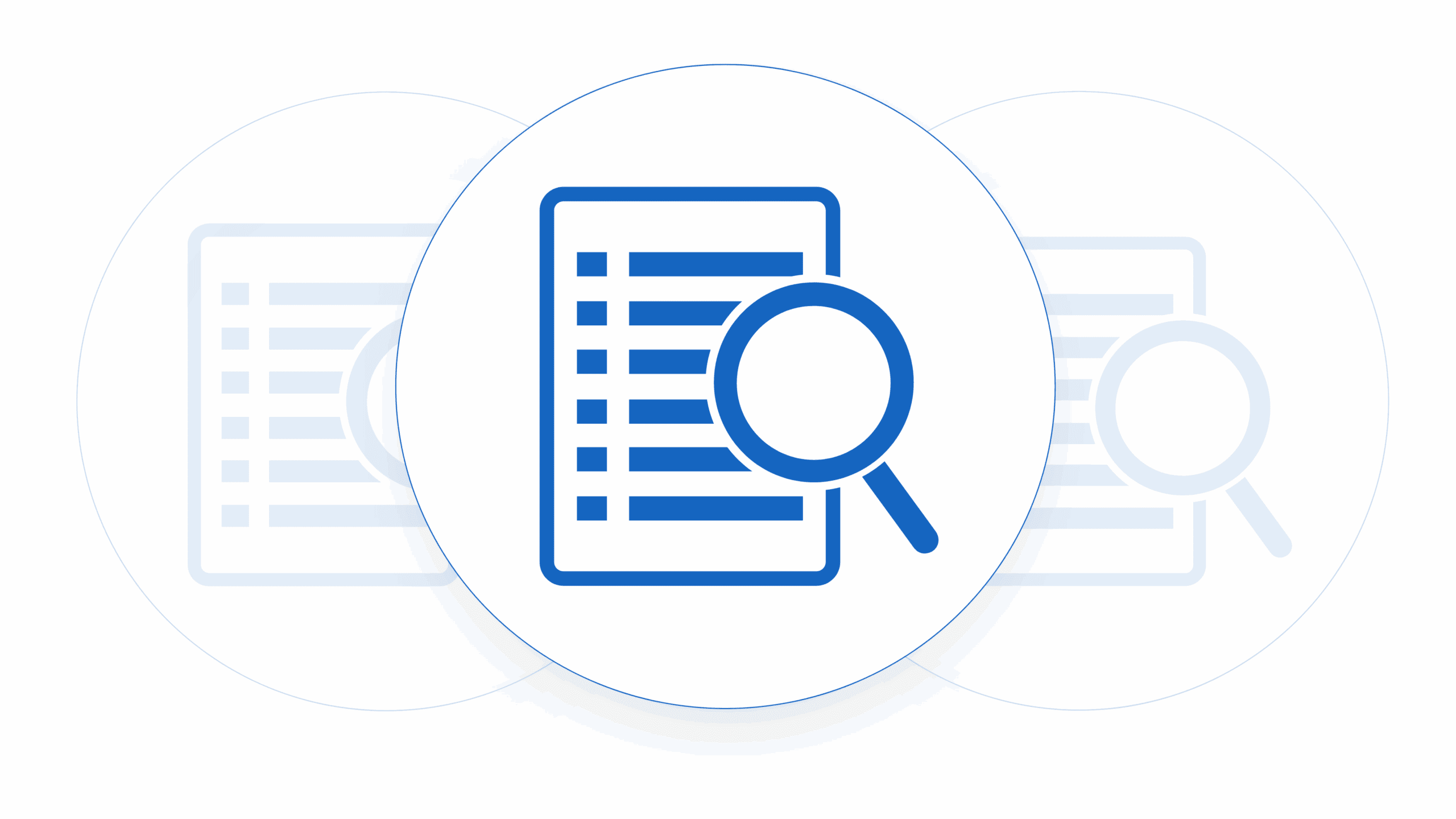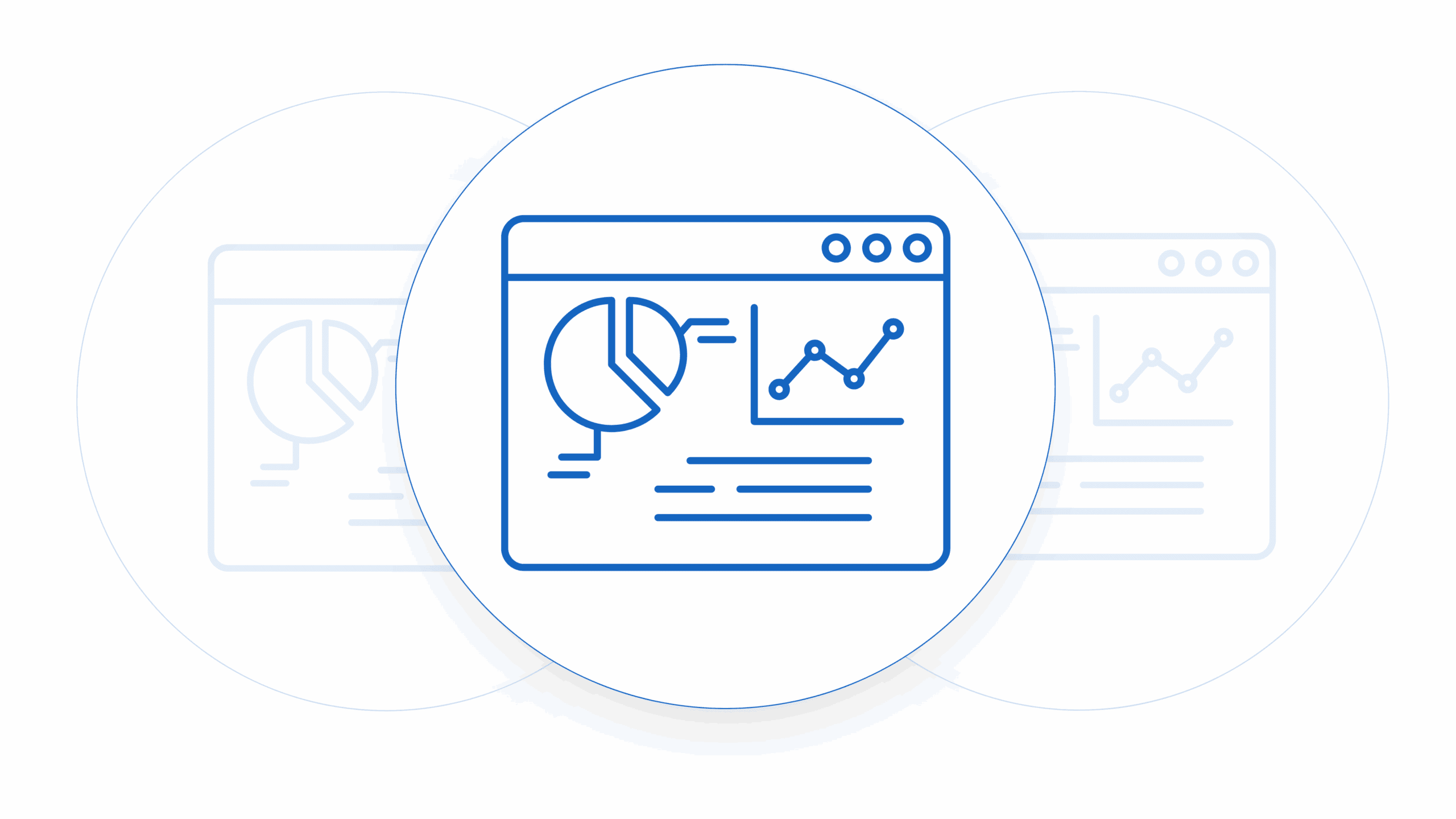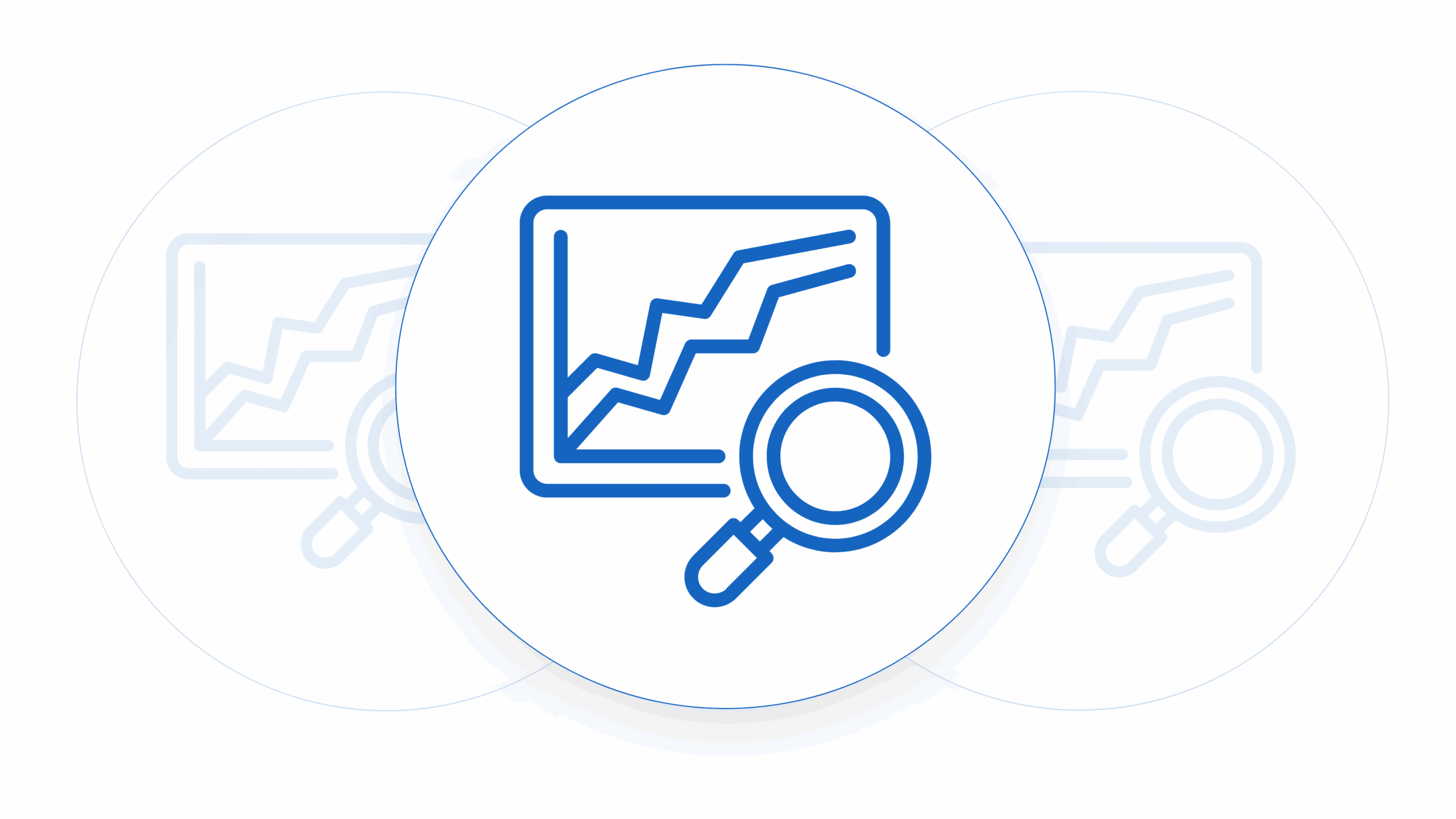In the dynamic world of small businesses, the synergy between the legal and procurement teams can significantly impact overall efficiency and success. However, these departments often operate in silos, leading to misunderstandings and inefficiencies. Here’s a practical guide to fostering a collaborative environment between your legal and procurement teams.
1. Establish Clear Communication Channels
Effective communication is the cornerstone of any successful collaboration. For small businesses, where resources are often limited, it’s crucial to set up clear and direct communication channels between legal and procurement teams. Regular meetings and updates can help ensure everyone is on the same page.
Action Steps:
- Schedule bi-weekly or monthly meetings to discuss ongoing projects and potential issues.
- Utilize collaborative tools like Slack or Microsoft Teams to facilitate real-time communication.
- Create a shared document repository where both teams can access and update relevant information.
2. Define Roles and Responsibilities
Ambiguity in roles can lead to conflicts and delays. Clearly defining the responsibilities of each team can help streamline processes and reduce friction. This is particularly important in small businesses where employees often wear multiple hats.
Action Steps:
- Draft a responsibility matrix that outlines the specific duties of each team member.
- Ensure that both teams understand the scope of their roles and how they intersect.
- Regularly review and update the responsibility matrix to reflect any changes in the business structure or processes.
3. Foster a Culture of Mutual Respect
Building a culture of mutual respect is essential for any collaborative effort. Encourage your legal and procurement teams to appreciate each other’s expertise and contributions. This can be achieved through team-building activities and joint training sessions. Additionally, using the right procurement software can streamline workflows and improve collaboration between teams.
Action Steps:
- Organize team-building exercises that include both legal and procurement staff.
- Conduct cross-departmental training sessions to help each team understand the other’s challenges and workflows.
- Recognize and celebrate joint successes to reinforce the value of collaboration.

Looking for a contract template?
4. Implement Integrated Technology Solutions
Technology can be a powerful enabler of collaboration. Integrated software solutions that cater to both legal and procurement needs can streamline workflows and improve efficiency. For small businesses, investing in the right technology can yield significant returns.
Action Steps:
- Evaluate and select software solutions that offer features for both legal and procurement functions.
- Ensure that the chosen technology allows for seamless data sharing and communication between teams.
- Provide adequate training to ensure that all team members are proficient in using the new tools.
5. Develop a Unified Strategy
A unified strategy that aligns the goals of both legal and procurement teams can drive better outcomes for the business. This involves setting common objectives and key performance indicators (KPIs) that both teams can work towards.
Action Steps:
- Conduct strategic planning sessions that include representatives from both teams.
- Identify common goals and KPIs that align with the overall business objectives.
- Regularly review progress towards these goals and adjust the strategy as needed.
For small businesses, the collaboration between legal and procurement teams is not just beneficial—it’s essential. By establishing clear communication channels, defining roles, fostering mutual respect, implementing integrated technology like Contract Sent, and developing a unified strategy, you can create a harmonious and efficient working environment. This not only enhances productivity but also contributes to the overall success of your business.












